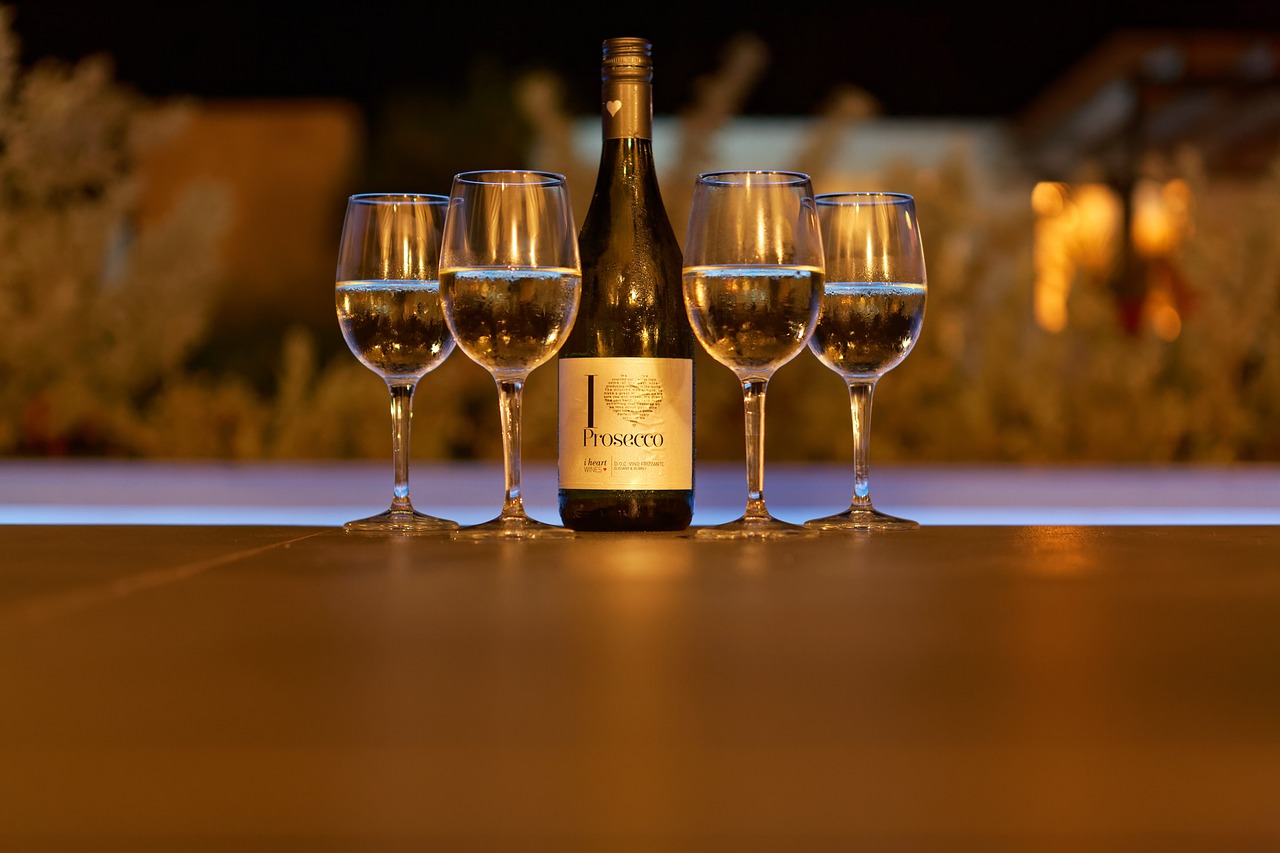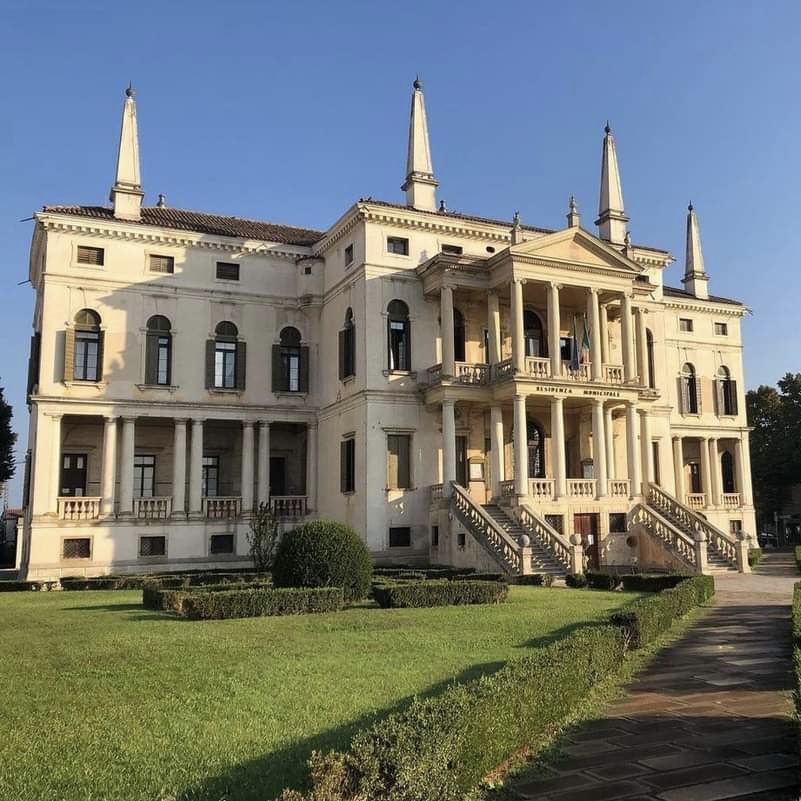Who doesn’t love the fizzy, sparkling delight that is prosecco wine? And what better place to enjoy it than in the region where it was born? That would be the Veneto. Sit on a balcony overlooking the Grand Canal and sip a flute of the light and fruity wine. Then, follow the trail where the prosecco is made and either stay in one or more of the towns and villages that produce it, or take a day trip that starts out right in Piazzale Roma.
Most people are dazzled by the glories of Venice but don’t realize that it is also one of the most famous wine cities in Italy, famous for its sparkling Prosecco, but also its light Soave and rich Amarone and Valpolicella. The Veneto is the most populous and productive wine region in Italy, making mostly white wines under DOC and IGT appellations. It uses both native grapes like Glera, Garganega, and Corvina, and international varieties like Pinot Grigio, Merlot, and Cabernet Sauvignon.
Therefore, it is a small but popular tourist destination for wine lovers. If you are looking for wineries near Venice, there are many options to choose from, including family wineries that have been in operation for 1 or 2 centuries.

The Strada del Vino Prosecco–or Prosecco wine route–was the first of its kind in Italy. The Prosecco wine region is also a UNESCO World Heritage site since 2019.
It is 30 miles long and winds around the hills or ‘colli’ of Conegliano, Feletto, Quartier del Piave and Valdobbiadene, in northeast Italy between the Dolomites and the Adriatic Sea.
The uniqueness of any DOC agricultural product is all about “terroir”: the particular interaction between climate, soil and traditional production technique.
The production of the trendy sparling wine that is giving champagne a run for its money is surprisingly, only a little more than 100 years old and dates from the late 1800s when the wine first underwent secondary fermentation to become the sparkling drink we all love today.

But that is not the whole story, prosecco has much older origins than this. In fact, Pliny mentioned it in his ‘Historia Naturalis’.
To be authentic prosecco every bottle must have the State label on its neck as a guarantee of quality and authenticity. Prosecco DOC must be written on the front label and Product of Italy on the back.
The wine itself must be made with a minimum of 85% Glera grape with the rest to include any of the following: Verdiso, Bianchetto Trevigiana, Perera, Glera Lunga, Chardonnay and Pinot.
If you’re visiting Veneto in the spring, you’re in luck.’Brindiamo con Primavera del Prosecco’ or ‘Let’s raise a glass to Prosecco Spring’ is a firmly established wine event taking place from the first week of March to the first week of June.

It consists of a series of related initiatives across the traditional heart of the territory of prosecco production.
The towns involved include Vidor, Santo Stefano, Guia, San Giovanni, Col S. Martino, Villa di Cordignano, S. Petro di Barbozza, Fregona, Saccol, Miane, Refrontolo, Combai, Vittorio Veneto, Colfosco, S. Pietro di Feletto and Conegliano.
The website of Primavera del Prosecco Superiore makes some essential suggestions as to how you should accompany your glass. As this is a zone of expert cheesemakers, look out for Casatella Trevigiana (a typical soft cheese made in the old collective dairy tradition) Montasio and Soligo.
If you are a little hungrier, then a typical snack might be made of pork or salami with and homemade bread called ‘de casada’.
If you have time, an overnight stay in one of the charming villages will restore your body and your spirit. If not, and you’re staying in Venice, take a day trip that starts out right in Piazzale Roma or from the Santa Lucia railroad station.
Learn the secrets of prosecco wine making, savor a light lunch with local dishes, relax and enjoy the gorgeous countryside.
These tours typically take about 6 or 7 hours, ample time for you to return to the city and enjoy a celebratory dinner– with prosecco, of course.












